I have the following script that emulates the type of data structure I have and analysis that I want to do on it,
library(ggplot2)
library(reshape2)
n <- 10
df <- data.frame(t=seq(n)*0.1, a =sort(rnorm(n)), b =sort(rnorm(n)),
a.1=sort(rnorm(n)), b.1=sort(rnorm(n)),
a.2=sort(rnorm(n)), b.2=sort(rnorm(n)))
head(df)
mdf <- melt(df, id=c('t'))
## head(mdf)
levels(mdf$variable) <- rep(c('a','b'),3)
g <- ggplot(mdf,aes(t,value,group=variable,colour=variable))
g +
stat_smooth(method='lm', formula = y ~ ns(x,3)) +
geom_point() +
facet_wrap(~variable) +
opts()
What I would like to do in addition to this is plot the first derivative of the smoothing function against t and against the factors, c('a','b'), as well. Any suggestions how to go about this would be greatly appreciated.
